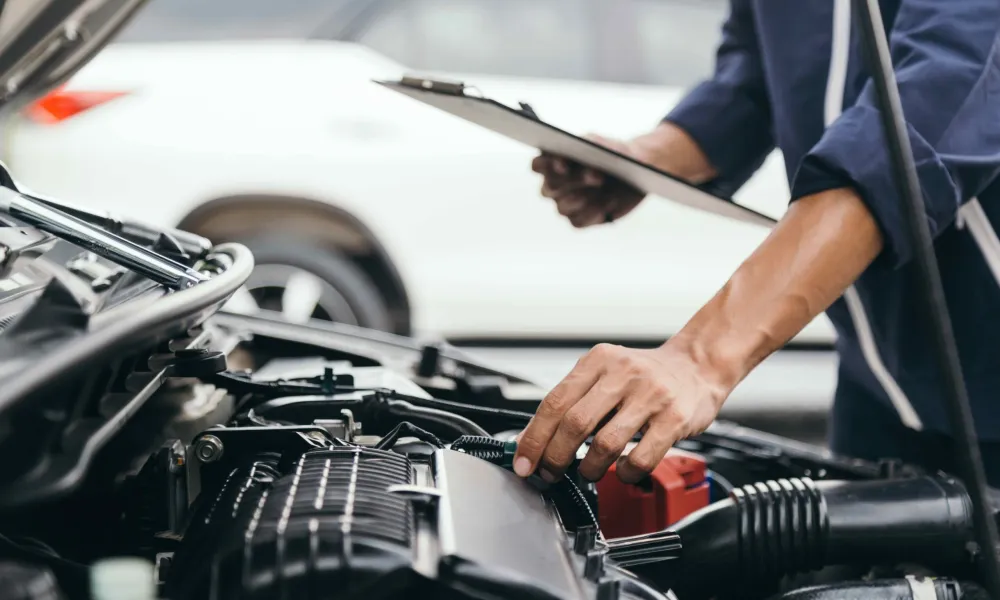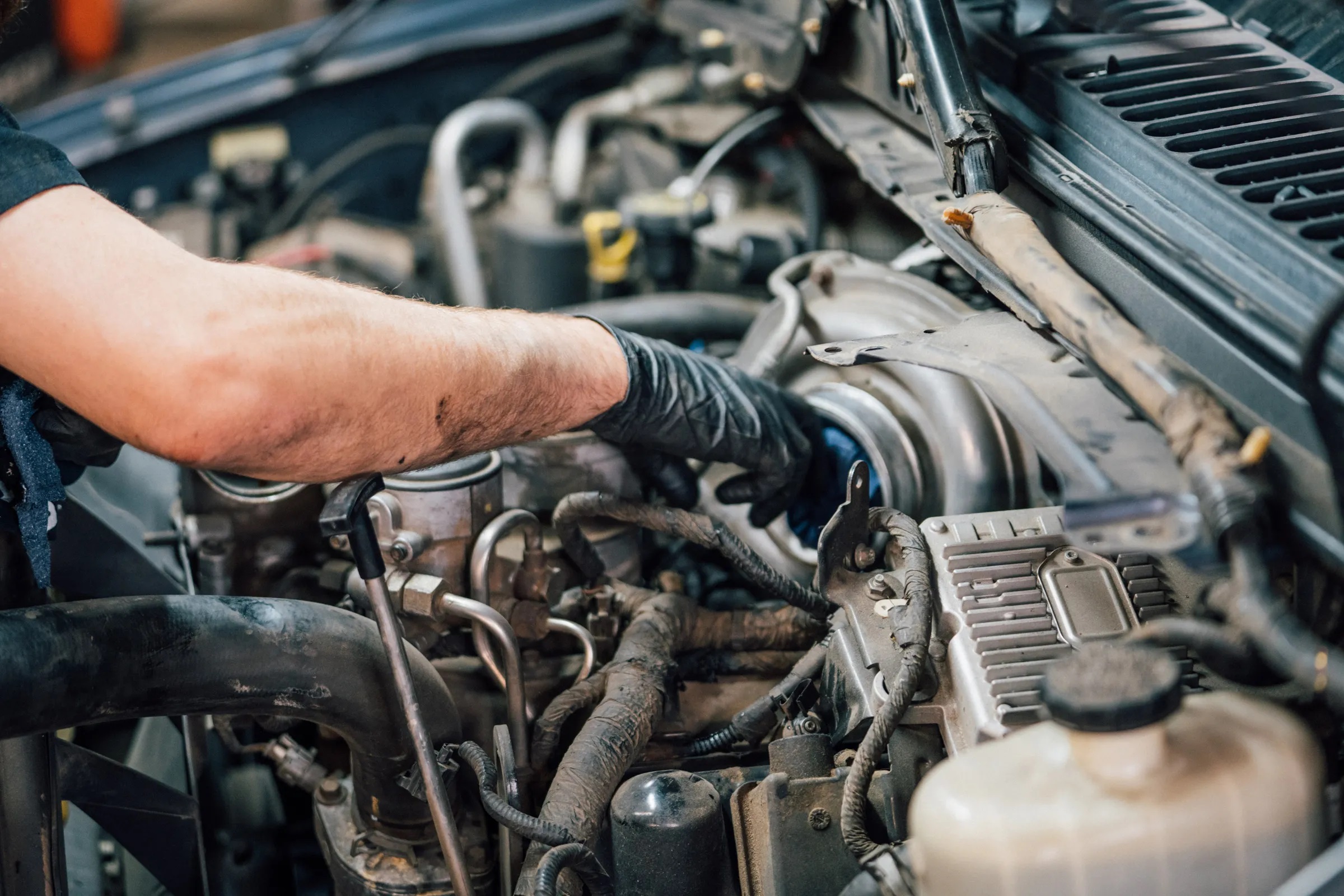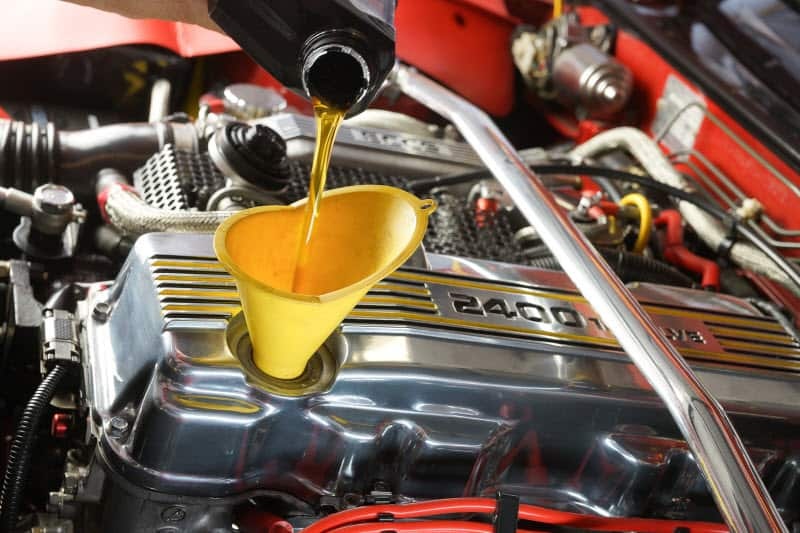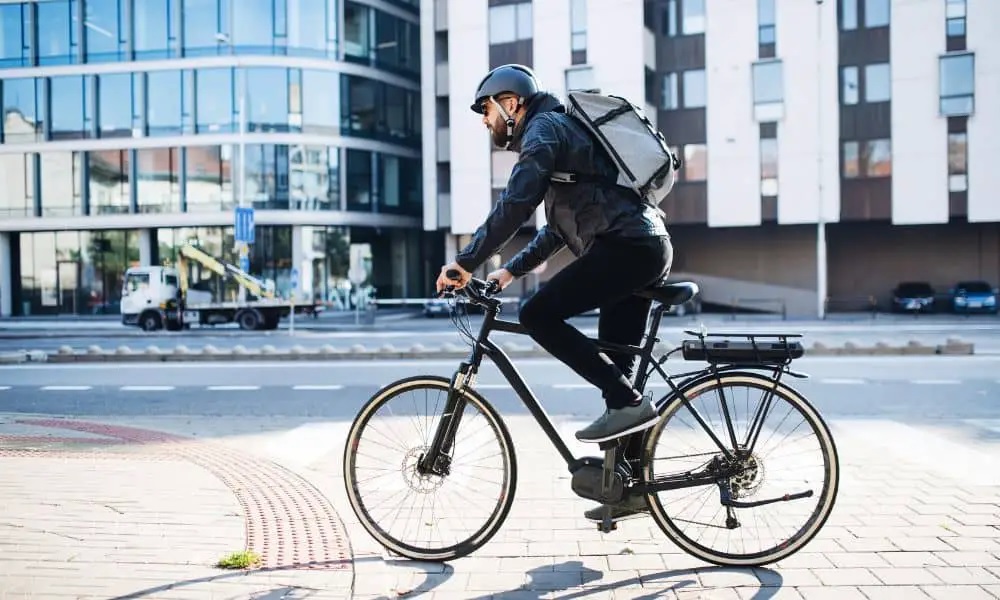Power locks are essential to the convenience and security of modern automobiles. Although enabling drivers to lock and unlock all doors with a single command is still the basic goal, sedans and SUVs may differ in how this feature is implemented and in its minor design elements. The main causes of these discrepancies include disparities in vehicle size, door layouts, and general safety factors. For expert assistance in maintaining or repairing power lock systems, rely on Auto Repair in Clearfield, PA to ensure optimal functionality and security. Though their distinct architectures reflect the particular requirements of each vehicle type, both systems ultimately aim to provide dependable and effective door control.
Understanding the Basic Power Lock System
A central control module, which is frequently included into the body control module, door lock actuators, wiring, and switches are the fundamental parts of a power lock system. The control module receives a signal when the key fob or door panel’s lock or unlock button is pressed. The actuators, which are tiny electric motors that physically move the locking mechanism inside each door, are then activated by the module. In a basic system, every door may lock and unlock at the same time. More advanced systems integrate with the car’s immobilizer and alarm system and unlock only the driver’s door when pressed.
Key Differences in System Design
Power lock systems vary in size and complexity, but their principles remain the same. SUVs are bigger and have more doors including the rear or back hatch, therefore they need a stronger system. This can manifest in many ways. First, SUV actuator wiring harnesses may be longer and require stronger cables to withstand longer distances and power loss. Second, the actuators may be stronger to handle heavier door mechanisms. Finally, SUVs often have hatch or tailgate sensors and safety devices like anti-pinch and kid safety latches.
Tailgate or Hatch Considerations in SUVs
Power locks on SUVs with rear hatches or tailgates are difficult to design. These doors often require a separate actuator and locking mechanism than side doors. Interaction with the rear wiper motor and defogger increases complexity. Kids may be toward the back of the car, therefore safety is paramount. SUV power lock systems typically incorporate a tailgate lock button within the cabin and a device that prevents the tailgate from closing if an impediment is detected.
Conclusion
Power lock systems are being integrated into other automotive systems as technology advances. Keyless entry, remote start, and smartphone app control are increasingly routine. Custom settings like “safe exit” and door closing after a certain speed are also becoming more popular. While power locks’ essential concepts remain the same, expect to see additional improvements in how they are handled and integrated into the driving experience, which will confuse sedan and SUV designs.





